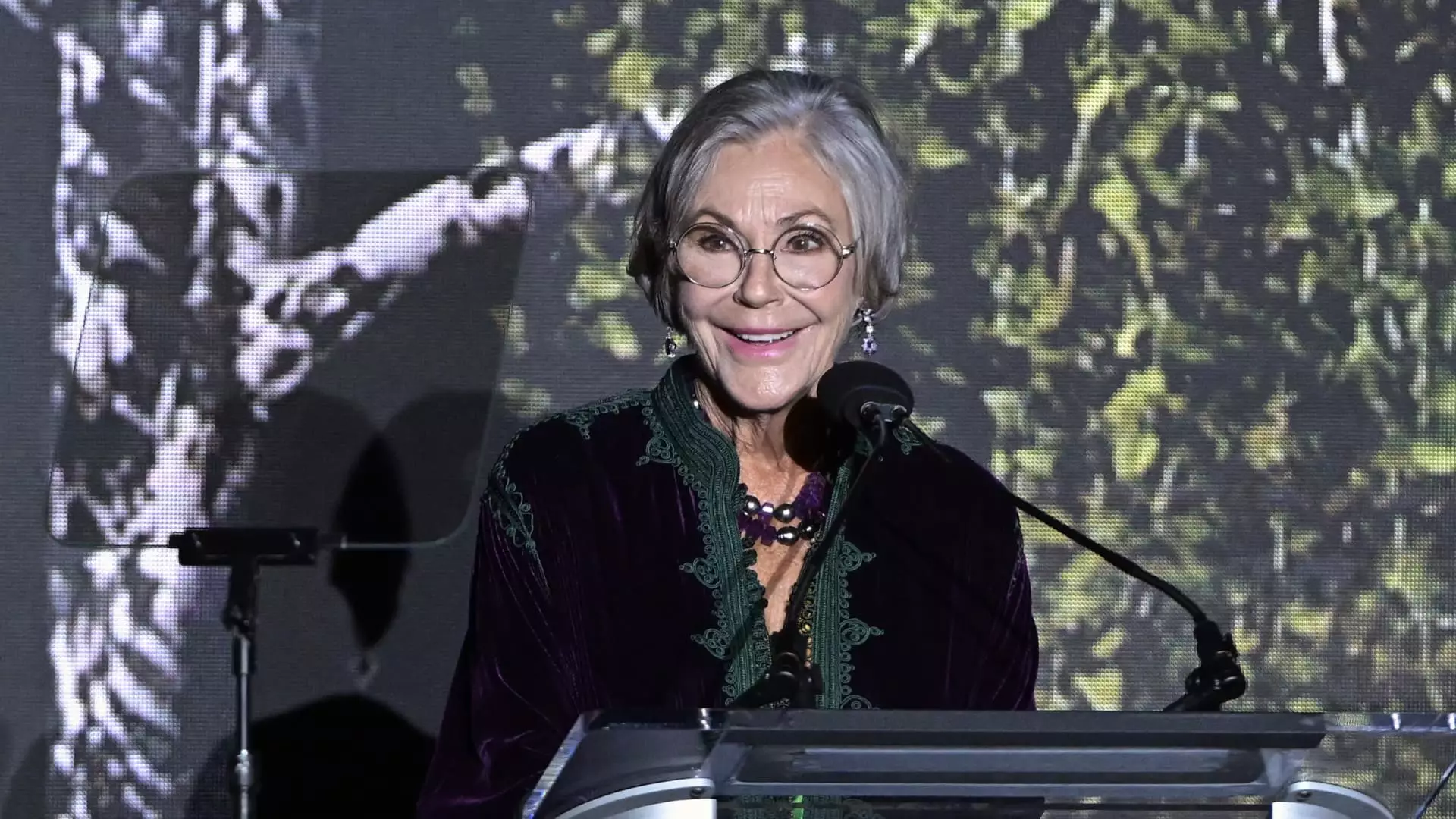The dynamics of wealth distribution globally are evolving, with women increasingly stepping into prominent financial roles. According to a recent report from Altrata, women now represent 13% of the global billionaire population, totaling 431 individuals among the world’s 3,323 billionaires. While this percentage might seem modest, the gradual uptick in female representation within the billionaire class speaks to broader societal shifts—particularly in entrepreneurship, cultural perceptions, and wealth inheritance paradigms.
The last decade has witnessed a progressive transformation, where women are not only generating wealth through innovative entrepreneurship but also benefitting from significant inter-generational wealth transfers. The Altrata Billionaire Census underscores this point, noting that inheritances serve as a principal avenue through which women can access immense fortunes. Astonishingly, three-quarters of the current female billionaires have inherited at least part of their wealth, with a notable 38% receiving their entire fortune through inheritance.
This trend raises intriguing implications regarding the paths to wealth among genders. In stark contrast to their male counterparts, where only 5% are beneficiaries of inheritances, the vast majority of female billionaires have capitalized on familial wealth. Figures like Alice Walton, Julia Flesher Koch, and Françoise Bettencourt Meyers illustrate how dynastic wealth has played a decisive role in their financial standings. Yet, this disparity suggests more than just numbers; it highlights the evolving mechanisms that govern wealth creation and distribution among genders.
The impending “Great Wealth Transfer,” predicted by experts at Cerulli Associates, is set to exacerbate this trend, with women poised to inherit an estimated $30 trillion over the next decade. This historical transfer will not only enhance the representation of women among billionaires but could also reshape the landscape of philanthropy, consumer behavior, and wealth management as a whole.
One of the most compelling aspects of female billionaire behavior is their inclination towards philanthropy, which starkly contrasts with that of their male counterparts. Research reveals that nearly 20% of female billionaires dedicate most of their professional energies toward nonprofit and social causes. This is significantly higher than the 5% of men who allocate similar time towards philanthropic endeavors. The tendency for women to engage in charitable actions can be attributed to their financial backgrounds; inheritances often come with a sense of responsibility, driving many women towards causes in philanthropy, social justice, and community welfare.
The implications of these differing financial engagements are profound. Women, on average, allocate a greater portion of their wealth towards social initiatives as they frequently have “fewer commercial commitments.” Thus, the nature of their wealth—often inherited rather than self-made—plays a crucial role in dictating their financial priorities.
Analyzing the investment patterns of billionaire women sheds light on their unique financial portfolios. On average, women billionaires maintain a higher percentage of their wealth in private holdings—35% compared to 28% for men. They are also more likely to hold liquid assets and cash, showcasing a conservative investment stance that contrasts with the more aggressive stock holdings typical of their male counterparts, where stocks represent 40% of their wealth.
Real estate and art also occupy prominent places in the portfolio of female billionaires. These women are 1.5 times more likely to own luxury properties valued over $10 million, suggesting a keen interest in tangible, appreciating assets. Meanwhile, male billionaires tend to indulge in luxury items such as private jets, yachts, and supercars, reflecting a stark divergence in lifestyle choices and investment strategies.
Interestingly, the hobbies of billionaire women notably shift the narrative of ultra-wealthy lifestyles. Philanthropy reigns as the most prevalent hobby among female billionaires, cited by 71% of them. Conversely, sports emerge as the leading leisure activity for men, resonating with traditional male interests. Additional pursuits such as art, education, and travel are more common among female billionaires, while men prefer aviation, outdoor activities, and political engagement.
As wealth becomes increasingly concentrated in feminine hands, a transformative shift in values and priorities is underway. The rise of women in the billionaire bracket heralds not only a change in who controls wealth but also in how that wealth is utilized. With impending wealth transfers and a palpable emphasis on philanthropy, the landscape of global wealth management is on the brink of a significant transformation, driven by the aspirations and values of a burgeoning class of female billionaires.

